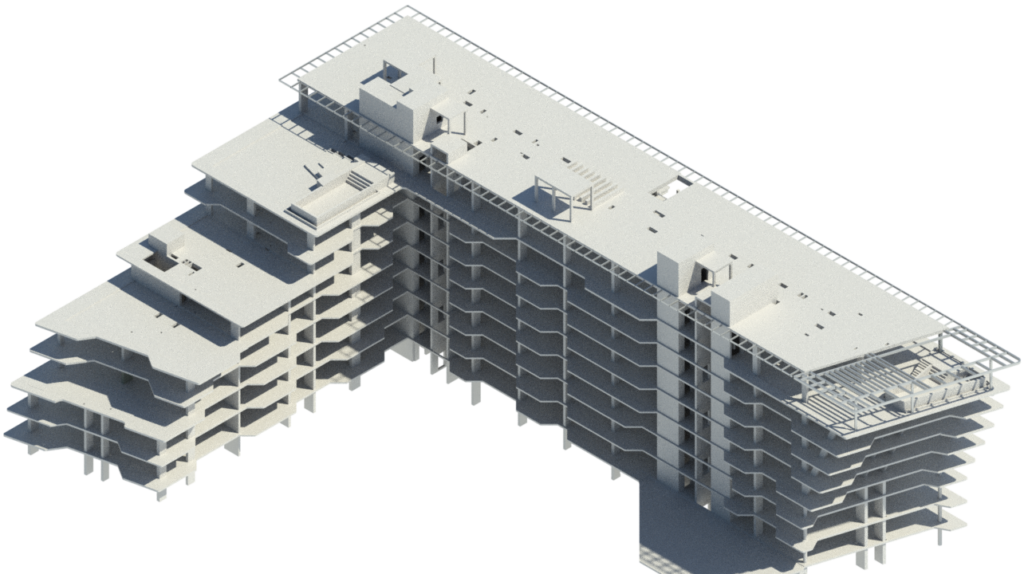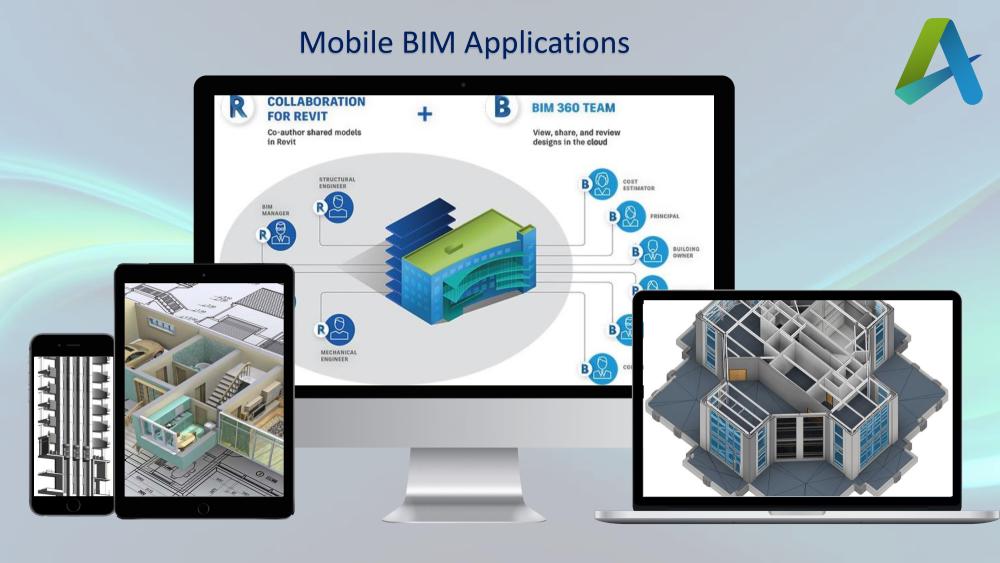3D Revit modeling services provider in India.
-Acura BIM is the Revolutionizing 3D Revit Modeling Services provided in India The demand for accurate and efficient 3D modeling services in architecture, engineering, and construction (AEC) is increasing all the time. With the introduction of Building Information Modelling (BIM), companies are constantly looking for new ways to streamline their design processes and improve project outcomes. In this dynamic landscape, Acura BIM emerges as a pioneering force, providing high-quality 3D Revit modeling services in India. -One of Acura BIM’s key strengths is its team of skilled professionals with extensive experience in Revit modeling and the broader field of BIM. They have extensive expertise in industry standards and best practices, ensuring that every project is carried out with precision and proficiency. Whether it’s architectural modeling, structural detailing, MEP coordination, or clash detection, Acura BIM consistently exceeds expectations. What is 3D Revit Modelling? 3D Revit modeling is the process of creating three-dimensional digital representations of buildings and infrastructure with the Autodesk Revit software. Unlike traditional 2D drawings, 3D models provide a comprehensive view of the project, allowing stakeholders to visualize spatial relationships, identify clashes, analyze performance, and make informed decisions throughout the project’s life cycle. Benefits of 3D Revit Modeling? -Enhanced Visualization: 3D models provide a realistic portrayal of the project -Improved Coordination: By integrating architectural, structural, and MEP (mechanical, electrical, plumbing) systems into a single digital model -Efficient Design Iteration: With 3D Revit modeling, designers can easily explore multiple design options -Accurate Quantification: 3D Revit models contain by extracting quantities directly from the model -Sustainable Development: By integrating energy analysis tools and sustainability metrics into the modeling process Our deliverables include 3D Revit modeling. -Architectural Design and Visualization -Structural Analysis and Detailing -MEP Coordination and Clash Detection -Facility Management and Maintenance -Construction Planning and Sequencing -Building Performance Simulation
3D Revit modeling services provider in India. Read More »





